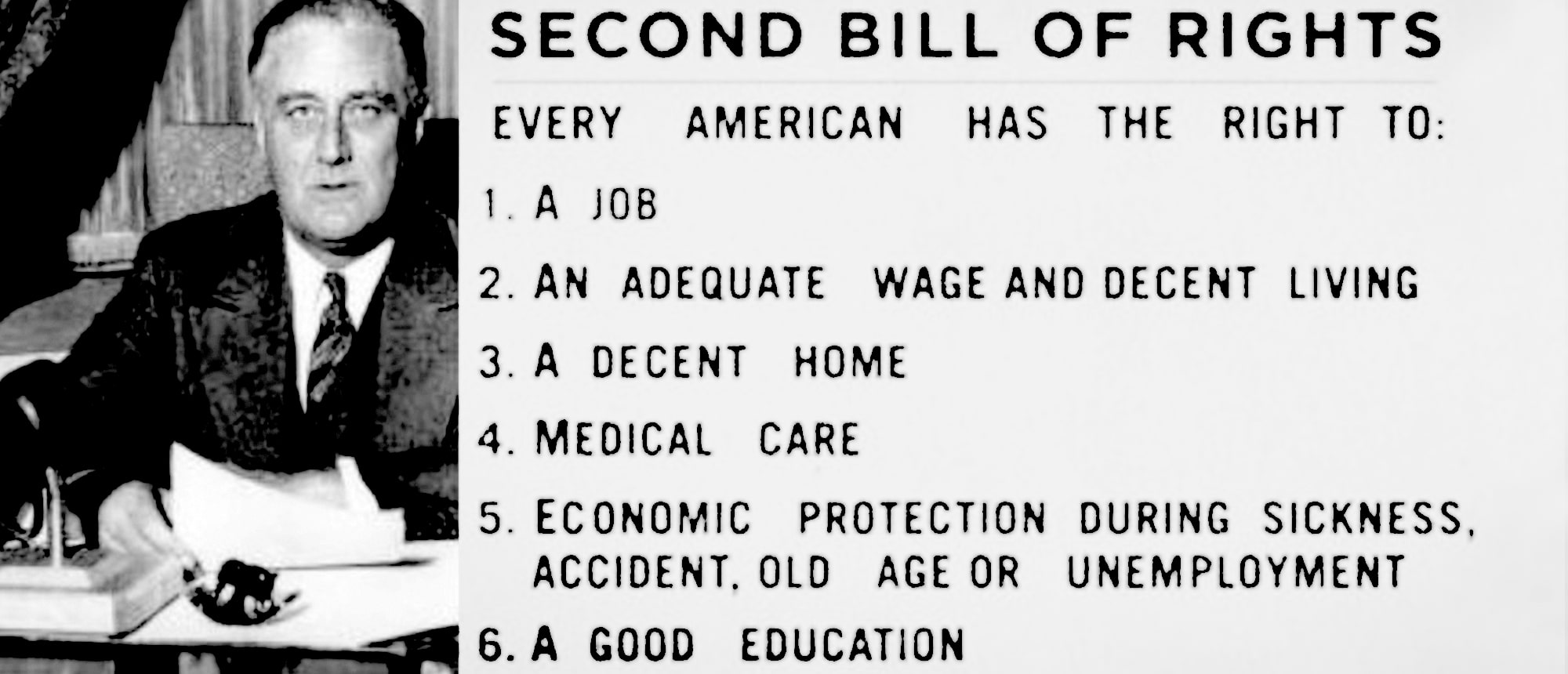(ThyBlackMan.com) A recent finding by researchers at the Sandra and Edward Meyer Cancer Center at Weill Cornell Medicine suggests a link between high “trunk” body fat and breast cancer in post-menopausal women. The immediate take away from the study is that having excess body fat – even with a normal body mass index – is associated with an increased risk for breast cancer, according to one of the study’s authors. The link between high body fat and cancer has been studied quite some time, but, unfortunately, its emphasis has not trickled down to the level of doctor-patient interaction. As a fit pro, I have long advocated my clients reduce body fat, as body fat percentage is the major determinant to how the body is responding to exercise.
The recent findings clue in on the body mass index of the test group. Body mass index (BMI) is a measurement of height relative to weight and is often cited as an important metric in health outcomes. Most fit pros agree that BMI is not an accurate way of measuring body fat. Of the two units, body fat percentage, in my estimation, holds the greater weight in terms of designing an exercise program for people across all age groups. Body fat percentage is the total mass of fat divided by total body mass multiplied by 100 and includes essential body fat and storage body fat.
It is most important for post-menopausal women, as this group is the most adversely impacted when it comes to negative health outcomes – especially women of color.
Most people who experience metabolic health challenges in their fifties have generally lived sedentary lives for most of their adulthood. Things begin to pop up on the radar by the forties and, if tended to, can ward off most mid-life health challenges.
Whatever your age group, it’s important to be as active as possible and to pay special attention to your body fat percentage, as it is the one number that can predict future health outcomes. Consider these three points:
It’s Where the Fat Is
The study points to the place where most body fat accumulates more so than the number or percentage of fat collected. For most, body fat is a trunk phenomenon – specifically around the waist. This is most true for males versus females, who find most of their body fat collecting in and around the hips. Stomach or hips, it’s a signal that points to potential issues.
Shoot for 25% Body Bat
With my clientele, I always recommend shooting for 25% body fat, even with my post-menopausal clients. Some of these clients measure body fat in the forties upon initial analysis. Twenty-five percent body fat may seem lofty, but it puts you in the best category for optimal health outcomes.
Use Short Intervals for Best Results
While studies point to low-impact cardio with extended usages as an effective way to lower body fat percentage, we now know that high-impact, short-intervals do wonders to burn fat and build muscle. Intervals do more work in half the time, as opposed to walking forty-five minutes on a treadmill. Intervals, though, are not for the faint of heart!
It’s important that post-menopausal women get as active as possible and maintain a well-balanced diet low in processed foods to reduce their susceptibility to breast cancer and other negative health outcomes.
As always recommended, check with your doctor before launching an exercise program.
Staff Writer; W. Eric Croomes
This talented brother is a holistic lifestyle exercise expert and founder and executive coach of Infinite Strategies LLC, a multi-level coaching firm that develops and executes strategies for fitness training, youth achievement and lifestyle management. Eric is an author, fitness professional, holistic life coach and motivational speaker.
In October 2015, Eric released Life’s A Gym: Seven Fitness Principles to Get the Best of Both, which shows readers how to use exercise to attract a feeling of wellness, success and freedom (Infinite Strategies Coaching LLC, 2015) – http://www.infinitestrategiescoaching.com.




















Leave a Reply